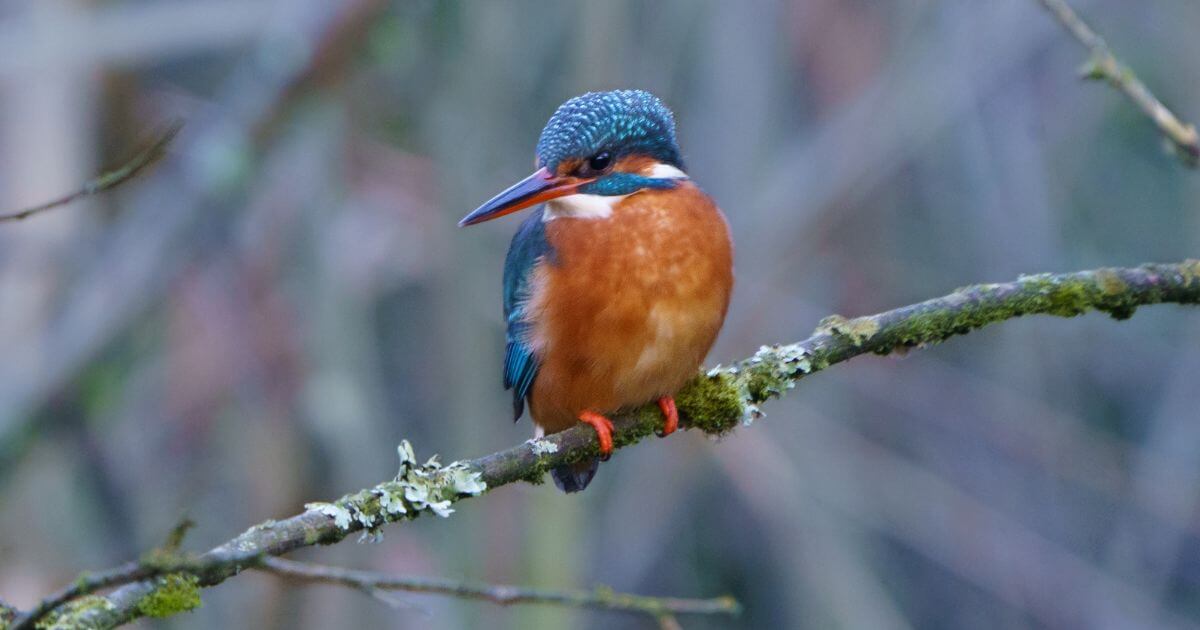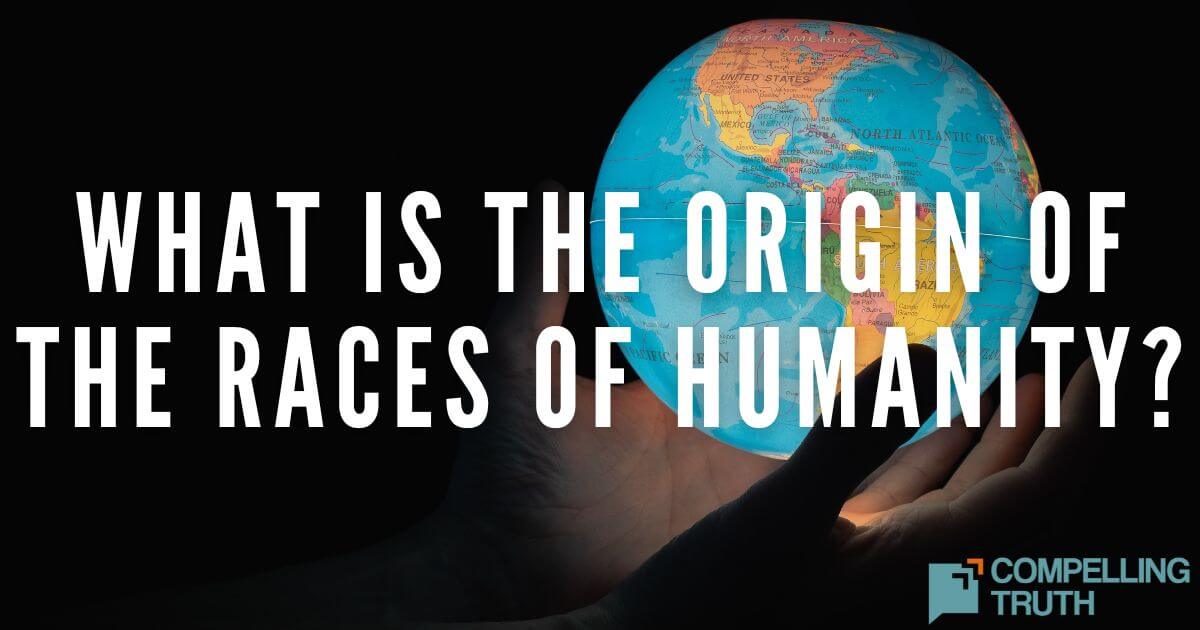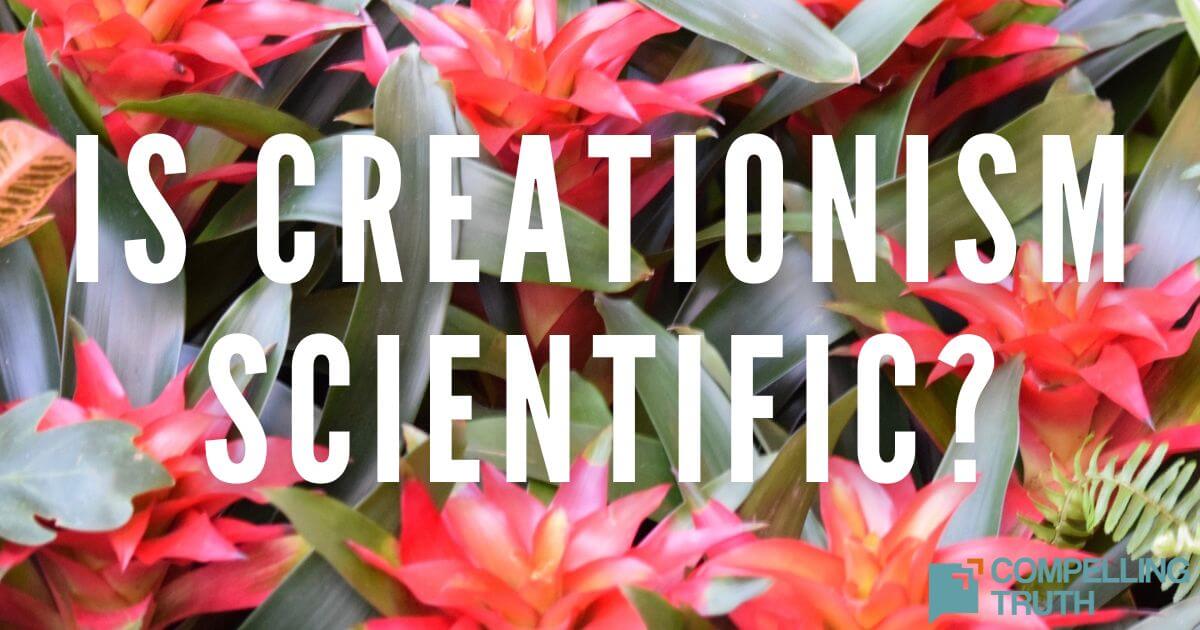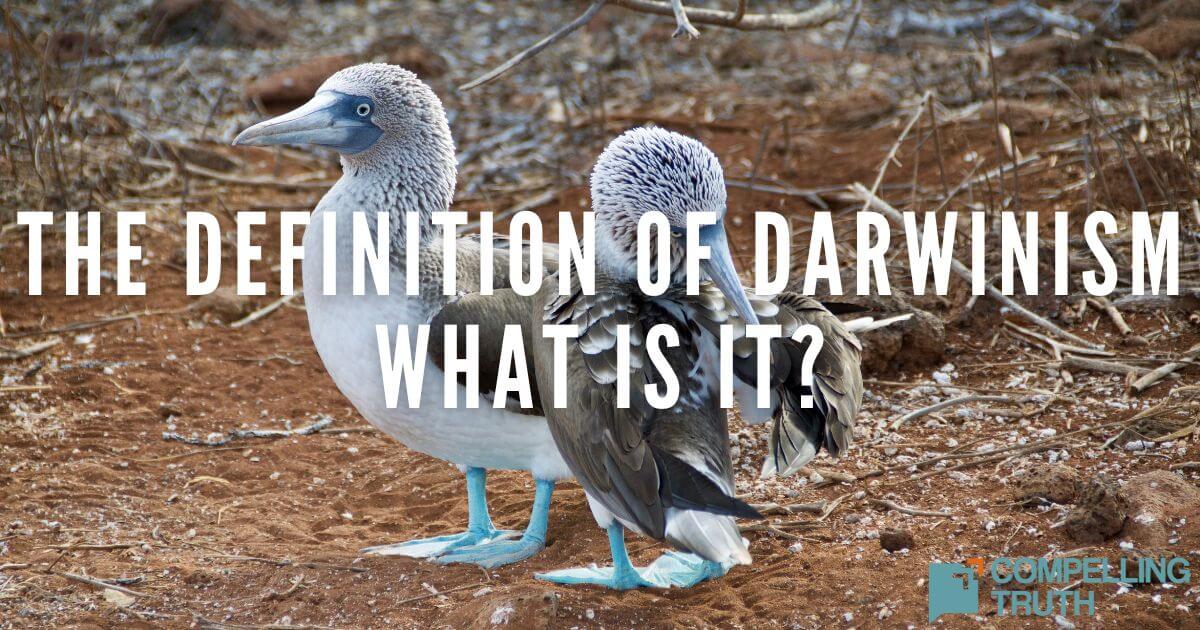Creationists view natural selection as a God-ordained process that allows organisms to thrive within their respective kinds (Genesis 1:11-12; 24-45). Natural selection occurs when individuals with traits better suited to an environment are more likely to reproduce and pass those traits down to the next generation. Examples of natural selection include the observed change of finch beak shapes on the Galapagos Islands, the development of pesticide resistance in insect populations, and the growing resistance of germs to antibiotics. Change produced by natural selection within a population over time is called “microevolution.”
While this level of natural selection, also called “adaptation,” is a crucial mechanism for microevolution, it is not necessarily equivalent to macroevolution. Macroevolution refers to the origin of new species or higher taxonomic categories over longer periods of time. There is no direct relationship between microevolution and macroevolution. Macroevolutionary changes are not simply the accumulation of microevolutionary changes over time. Macroevolution (e.g., a new organ or body plan) has never been observed in the field, laboratory or the fossil record. Those creationists who reject “evolution” are referring to macroevolution, not microevolution.
Charles Darwin selectively bred pigeons; he based his argument for macroevolution on domestic breeding. Domestic breeding is seen in farm animals and pets; this is also called “artificial selection” because a human mind is making the selection. Yet in all the years of domestic breeding, no one has ever reported the origin of a new species, much less a new organ or body plan.
For example, water fleas (daphnia) are so sensitive to changes in environment that they are used to test water purity. A ten-year study of water fleas failed to find any evidence of Darwin's natural selection. Decades-long experiments with bacteria—involving some 75,000 generations (ten times the gap between “cavemen” and modern man)—have shown notable adaptations to environment, but no fundamental alterations in “kind.” Deliberate, artificially-accelerated breeding of dogs has created both teacup poodles and mastiffs, but both are still the same “kind.”
Contrary to widespread public impression, atheistic evolution cannot account for the initial origin of life. Naturalistic evolution presupposes the existence of something living which can mutate and change in the first place. No form of “evolution” can explain where the first “evolving” organism came from. Prebiological natural selection is a contradiction in terms. Natural selection does not account for the origin of life.




